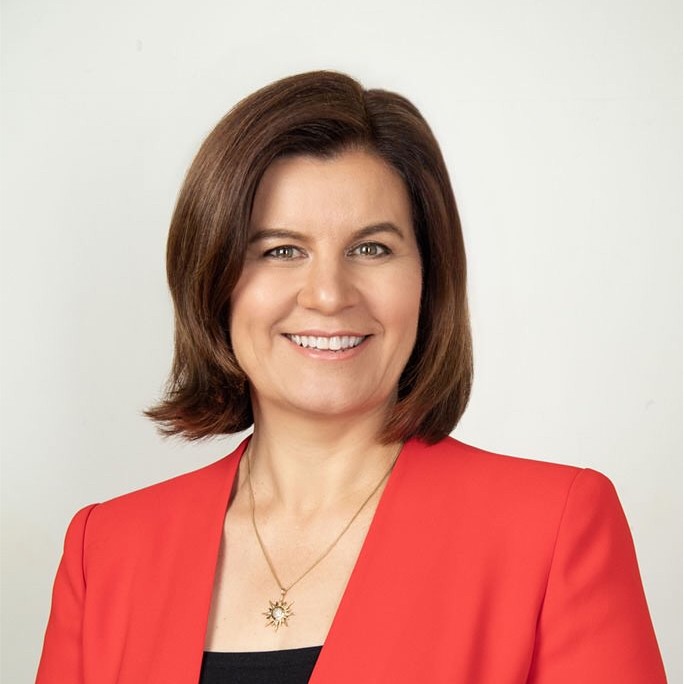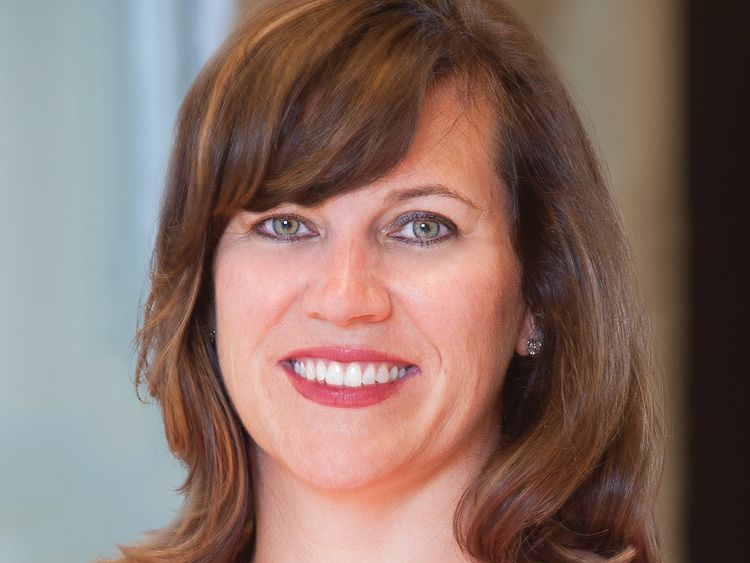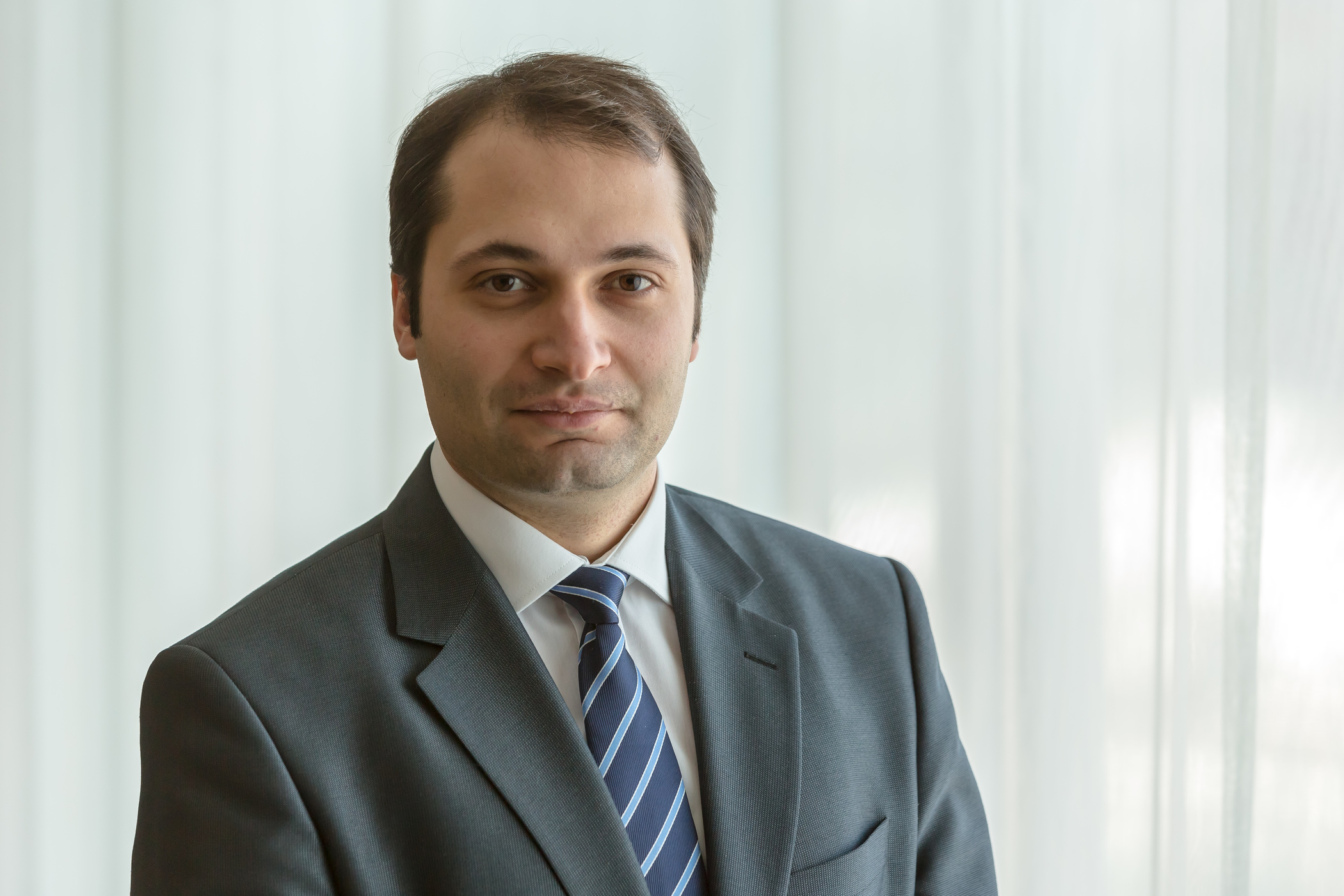Pictet Asset Management: A V-Shaped Recovery After All?
| By Meritxell Sedo | 0 Comentarios
An economic recovery appears to be gathering pace. That means emerging market stocks, and some cyclical sectors, are looking more attractive.
It’s looking increasingly like a V-shaped economic recovery. True, in some regions the bounce back has been a little less robust. But in others, notably China, economic conditions are largely back to where they were pre-Covid – in July, industrial profits were up 20 per cent year on year. Meanwhile, after reviewing its approach to monetary policy, the US Federal Reserve has formally become a much more dovish institution at the margin, though it stopped short of a radical overhaul anticipated by some in the market.
Markets have noticed. Yet after a powerful rally across all assets during the past few months – sending leading US stock market indices to record highs – we feel that prospects for further broad-based gains are limited, with greater divergence among regional markets.

So while governments may yet offer more fiscal stimulus, not least in the US, liquidity provision is slowing worldwide. There are also political risks associated with US elections in November. And all the while there’s Covid-19. Not only is there the possibility of a significant second wave of the virus, but there is also little clarity on how soon a vaccine might be developed. At the same time, Shinzo Abe’s decision to step down after being Japan’s longest-serving prime minister introduces some uncertainty around geopolitics and the possibility that the world’s third largest economy will change its policy approach.
As a result, we remain neutral on all the major asset classes, though within equities we favour more cyclical sectors.
Our business cycle indicators show that the economic recovery is proving to be strong enough to warrant an upgrade to our 2020 economic forecasts. Our economists now expect full year global GDP to come in at -4 per cent from -4.2 per cent previously, but next year’s forecast has been cut to 6.1 per cent from 6.4 per cent.
In the US, retail sales have registered the strongest and fastest ever rebound after the deepest and quickest downturn in history to where they’re now – running at above pre-recession peak. Most past cycles have taken at least three years to play themselves out. This time, it’s been only a little more than three months. Retail sales are also back to trend in the euro zone.
However, it’s notable that only China’s real-time indicators are back to pre-Covid levels. Elsewhere, they’ve flattened out at between 10 per cent and 20 per cent below.
And while inflation could yet prove to be a risk if demand remains firm and supply fails to catch up, that’s not likely to be an issue until the back half of 2021.

Global liquidity conditions remain very supportive, with new liquidity creation running at 25 per cent of GDP, but there is clear evidence that monetary stimulus growth has peaked [see Fig. 2]. At the same time, banks are tightening credit standards. And the Chinese central bank is now at neutral, while the country’s credit surge has tapered back down.
One upside liquidity risk, though, is that US Treasury cash balances held by the central bank could be drawn down.
Our sentiment indicators paint a mixed picture. The balance of equity calls to puts suggests a degree of market complacency, and our indicators show hedge funds have crowded into a handful of concentrated positions, particularly in the largest of the large cap stocks. On the other hand, retail investors seem cautious about shares and sentiment surveys remain depressed, while fund manager positioning in the asset class is below historic trend. A “wall of cash” remains, with some recently flowing into bonds and credit – both appear overbought.
Finally, our valuation indicators suggest equity prices look stretched after a 50 per cent rally in the S&P 500 – on our models, they are at their most expensive in 12 years, trading two standard deviations above their 6-month moving average. Even relative to bonds, equity valuations no longer look particularly cheap. The gap between the global earnings yield and global bond yield is at its lowest in a decade at 4.5 percentage points. But we’re not yet into bubble territory. If current low bond yields, which have fallen 100 basis points this year, are sustained, this valuation impact on US equities exactly offsets the 20 per cent decline in earnings. Our valuation score on equities has moved from negative in January, to strongly positive in March and is back down to negative now.
Please click here for more information on Pictet AM’s Investment Outlook.
Information, opinions and estimates contained in this document reflect a judgment at the original date of publication and are subject to risks and uncertainties that could cause actual results to differ materially from those presented herein.
Important notes
This material is for distribution to professional investors only. However it is not intended for distribution to any person or entity who is a citizen or resident of any locality, state, country or other jurisdiction where such distribution, publication, or use would be contrary to law or regulation. Information used in the preparation of this document is based upon sources believed to be reliable, but no representation or warranty is given as to the accuracy or completeness of those sources. Any opinion, estimate or forecast may be changed at any time without prior warning. Investors should read the prospectus or offering memorandum before investing in any Pictet managed funds. Tax treatment depends on the individual circumstances of each investor and may be subject to change in the future. Past performance is not a guide to future performance. The value of investments and the income from them can fall as well as rise and is not guaranteed. You may not get back the amount originally invested.
This document has been issued in Switzerland by Pictet Asset Management SA and in the rest of the world by Pictet Asset Management Limited, which is authorised and regulated by the Financial Conduct Authority, and may not be reproduced or distributed, either in part or in full, without their prior authorisation.
For US investors, Shares sold in the United States or to US Persons will only be sold in private placements to accredited investors pursuant to exemptions from SEC registration under the Section 4(2) and Regulation D private placement exemptions under the 1933 Act and qualified clients as defined under the 1940 Act. The Shares of the Pictet funds have not been registered under the 1933 Act and may not, except in transactions which do not violate United States securities laws, be directly or indirectly offered or sold in the United States or to any US Person. The Management Fund Companies of the Pictet Group will not be registered under the 1940 Act.
Pictet Asset Management Inc. (Pictet AM Inc) is responsible for effecting solicitation in North America to promote the portfolio management services of Pictet Asset Management Limited (Pictet AM Ltd) and Pictet Asset Management SA (Pictet AM SA).
In Canada Pictet AM Inc is registered as Portfolio Managerr authorized to conduct marketing activities on behalf of Pictet AM Ltd and Pictet AM SA. In the USA, Pictet AM Inc. is registered as an SEC Investment Adviser and its activities are conducted in full compliance with the SEC rules applicable to the marketing of affiliate entities as prescribed in the Adviser Act of 1940 ref. 17CFR275.206(4)-3.











